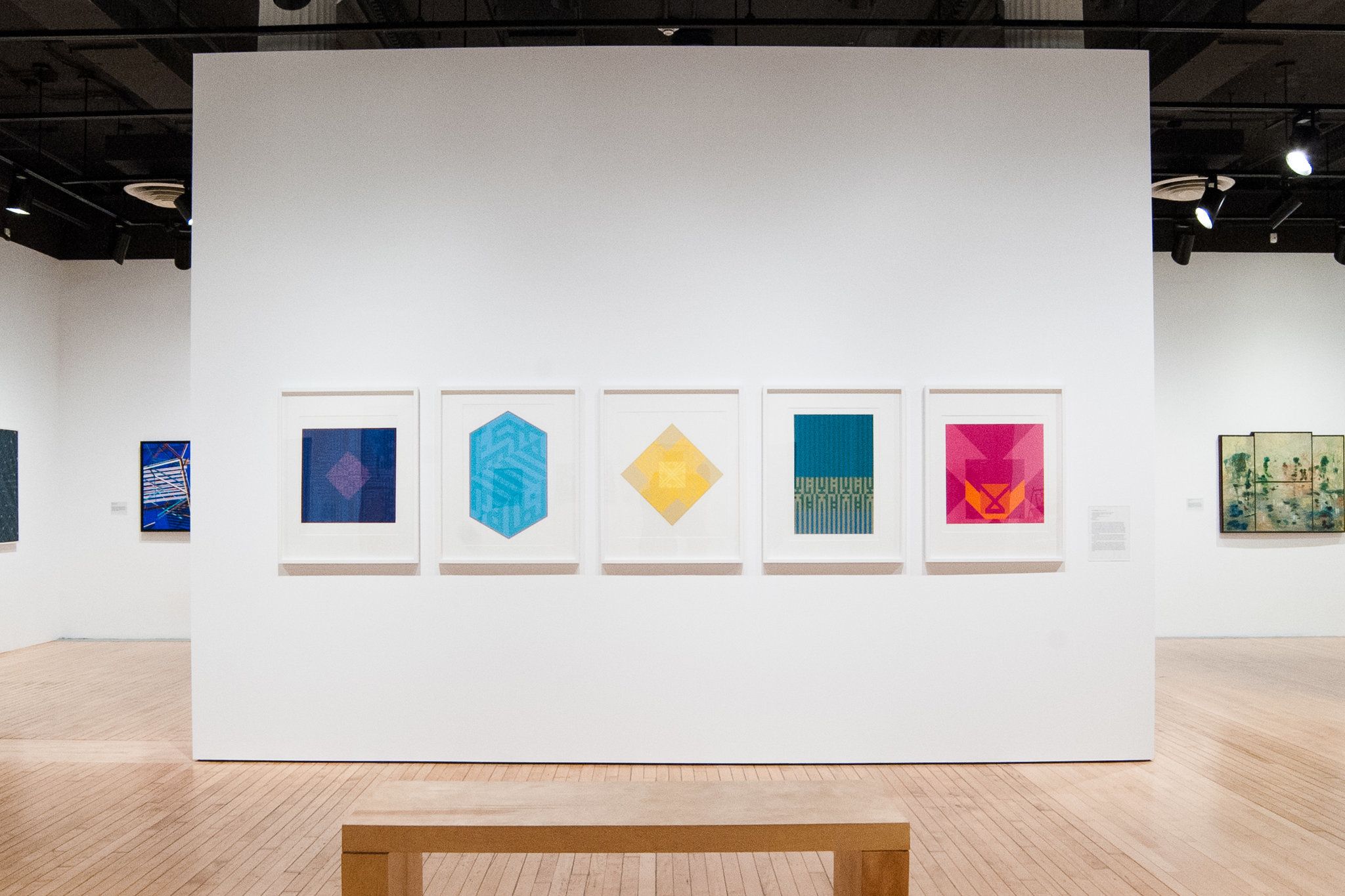
Taking Shape: Abstraction From the Arab World, 1950s–1980s is currently on view at the Grey Art Gallery at New York University. The exhibit explores mid-20th-century abstract art from North Africa, West Asia, and the Middle East including Arab, Armenian, Jewish, Iranian and Turkish artists. Will Heinrich, art critic for the New York Times, makes the point that “unlike European artists, [these artists] have an alphabet with an ancient history in visual art — and this gives their abstraction a very different effect.”
Among a common theme of the gallery is the Arabic alphabet. Heinrich continues, “There’s something thrilling about the extreme flexibility of the Arabic alphabet. The graphic simplicity of its swoops, loops and dots means that it can be made to look like almost anything, from a rearing horse to a pixelated television screen.”
The exhibition includes over 90 prints and is drawn from the collection of the Barjeel Art Foundation, based in the United Arabs Emirates. At its heart, Taking Shape is attempting to raise a fundamental question: How do we study abstraction across different contexts, and what modes of analysis do we use?
The exhibit goes until April 4th.



